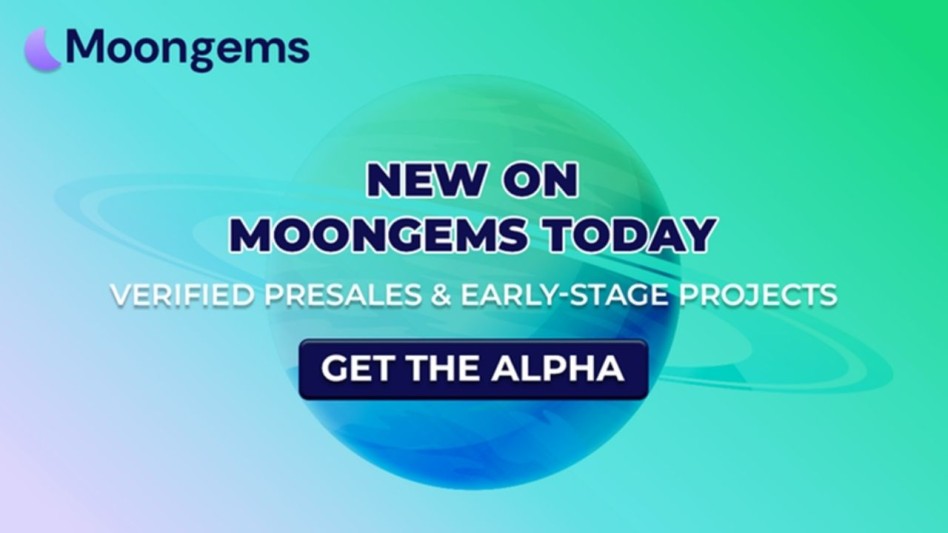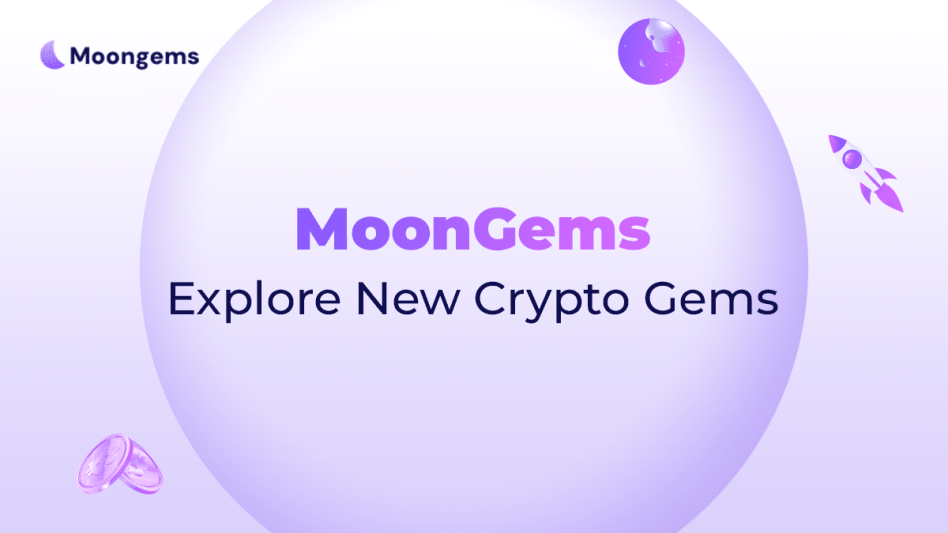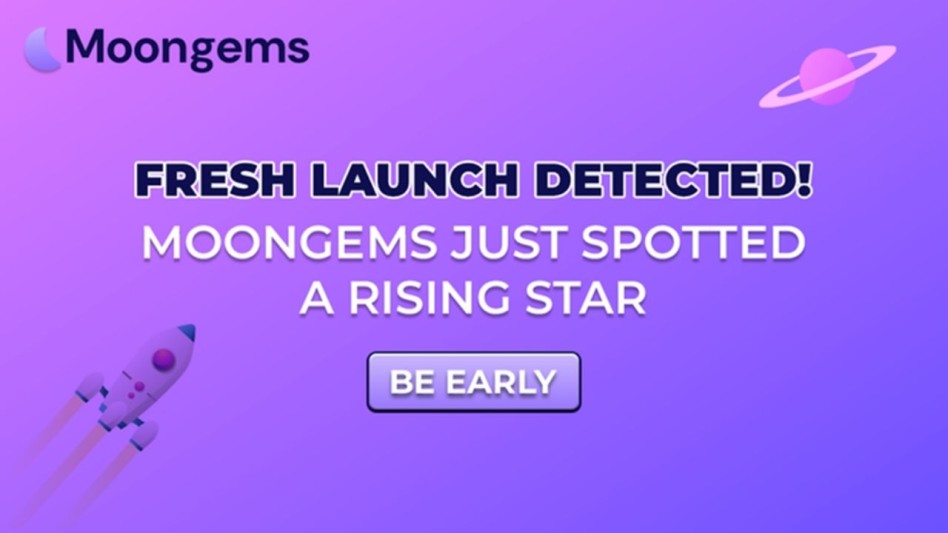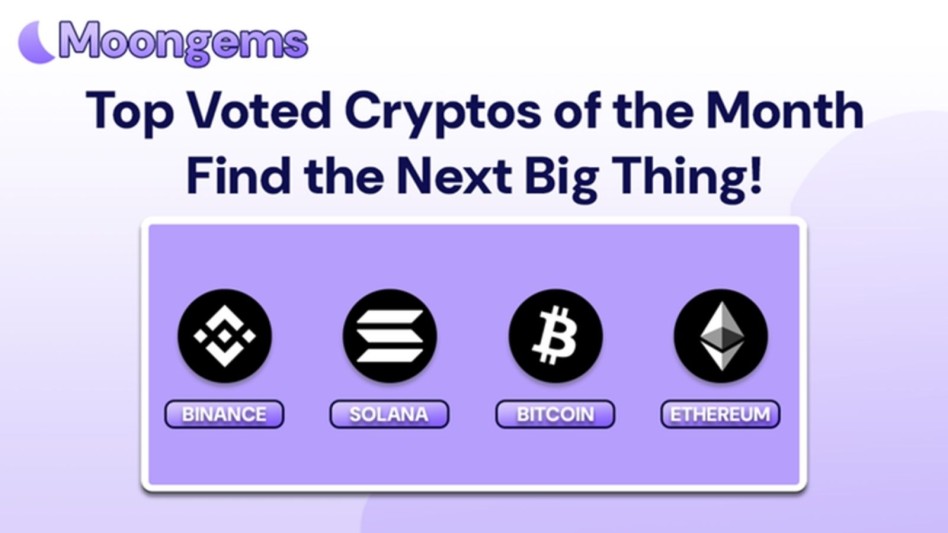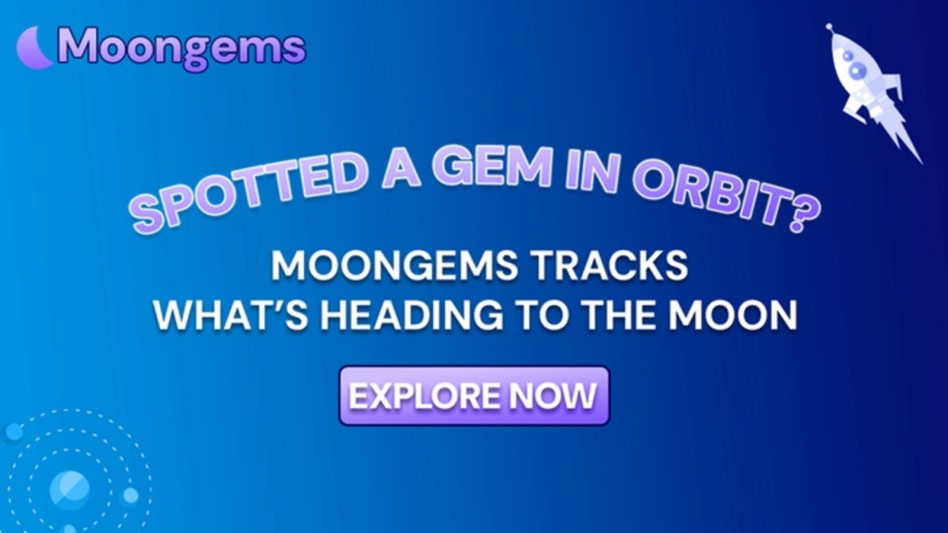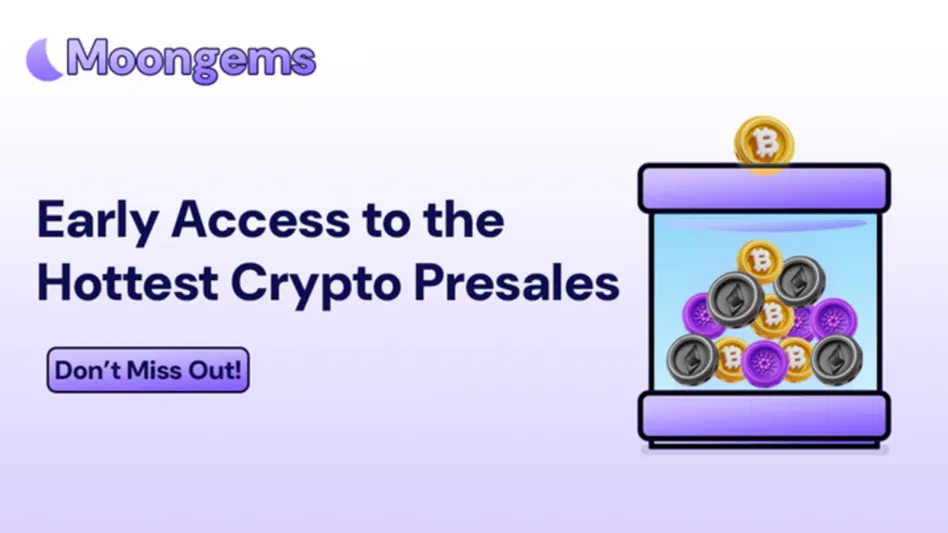Author: Jawad Hussain – Crypto Analyst & Web3 Researcher | 9+ years tracking presales, IDOs, and token launches. Follow him on Twitter and LinkedIn.
Crypto presales offer wild upside — but only if you understand when tokens unlock, who gets them, and how fast they hit the market. In 2025, one of the most overlooked threats to presale investors isn’t a rug pull or a market crash — it’s poorly structured vesting.
Token vesting controls the flow of tokens into the market. Done right, it prevents mass dumping and aligns long-term incentives. Done wrong, it lets insiders cash out while retail holders get wrecked.
In this guide, you’ll learn how vesting schedules work, what cliffs and lockups really mean, how to identify dangerous unlock patterns, and how MoonGems helps you see the full vesting picture before you buy.
Because in crypto, supply is everything, and timing is supply’s secret twin.
What Is Token Vesting? (And Why It Matters for Presales)
Vesting refers to the controlled release of tokens over time — a mechanism used to prevent early participants, team members, or advisors from selling their entire allocation immediately after launch.
There are three key vesting components:
- Cliff Period
A cliff is the time before any tokens are released. For example, a 3-month cliff means no tokens are distributed for the first 90 days. This prevents immediate dumps post-launch and signals long-term commitment from insiders. - Linear Vesting
After the cliff ends, tokens begin unlocking gradually — often daily or monthly. For example, a 12-month linear vesting schedule after a 3-month cliff means tokens are released in equal portions over a year. - Vesting Schedule
The full timeframe it takes for a wallet to unlock its entire allocation. Most projects give teams 12–36 months, while public sale participants often get faster access. The details matter — a lot.
Vesting schedules protect price stability, reduce early dump risk, and align incentives between builders and holders. MoonGems provides detailed unlock calendars for every presale listing, including team cliffs, investor vesting, and circulating supply estimates.
Red Flags in Vesting: How Bad Schedules Kill Good Projects
Even promising tokens can get wrecked by poor unlock timing. Here are common vesting red flags that should make you think twice:
- Short Cliffs for the Team
If the core team gets access to tokens within weeks or a month, that’s a huge concern. A short cliff means they can dump early without proving long-term commitment. - Front-Loaded Unlocks
If 30–50% of the token supply unlocks within the first month, it creates immense sell pressure, especially in low liquidity environments. These tokens often bleed on listing. - Uneven Distribution
Watch out for tokenomics that give whales or private round investors early access while public buyers are locked. It creates a power imbalance that punishes retail. - No Transparent Vesting Timeline
If the whitepaper or token docs don’t clearly explain vesting mechanics — or they hide them in vague language — assume the worst. Transparency is non-negotiable. - Team Allocation Over 30%
Teams need skin in the game, but excessive allocation often means the project is more about fundraising than product. Look for capped team percentages and long vesting.
MoonGems flags all presales with risky unlock mechanics and provides a “dump risk” rating based on token release concentration.
How to Analyze a Vesting Schedule Like a Pro (2025 Checklist)
Here’s a repeatable checklist to analyze vesting like a veteran investor:
- What Is the Cliff Period for Team and Advisors?
A good team cliff is 6–12 months. Anything under 3 months signals low commitment. Longer cliffs = stronger alignment with future growth. - What’s the Total Vesting Period?
Team and investor allocations should vest over 12–36 months. Public sale tokens can vest faster, but not instantly. - How Much Circulating Supply Will Be Available on Day 1?
Look for this metric to gauge sell pressure. If only 5–10% is circulating at launch, that’s often a green flag. MoonGems shows these ratios in every listing. - Are Token Unlocks Staggered or Lumpy?
Lumpy vesting (e.g., 25% released every quarter) creates massive volatility. Smooth, linear schedules reduce dump shocks. - Is the Vesting Smart Contract Public?
Trustless vesting is ideal. If the vesting is controlled manually by the team, there's always rug risk. Audited vesting contracts = extra security. - Are Early Investors Subject to Lockups?
Fair launch projects apply lockups to everyone, including whales. If early investors can dump before you can sell, you're the exit liquidity. - How Does MoonGems Score the Vesting Model?
MoonGems provides color-coded vesting quality scores, estimated unlock timelines, and alerts for upcoming high-risk token releases.

Real-World Examples of Vesting Success and Failure
Success Case: Ethereum Foundation
Ethereum vested its early contributors’ ETH over multiple years, preventing huge dumps during its growth phases. The community respected this discipline, which supported long-term price appreciation.
Failure Case: Many 2021 IDOs
Dozens of high-profile 2021 launches collapsed because insiders sold unlocked tokens weeks after listing, leaving retail investors holding the bag. Most of these projects are now irrelevant.
Mid Case: Some 2023 Meme Coins
While some meme coins had no vesting, community burns and locked LPs helped support price. Still, lack of structure often led to early volatility.
MoonGems factors these historical patterns into its “Vesting Health” scoring system for new projects.
Final Thoughts: Vesting Doesn’t Just Lock Tokens — It Unlocks Insights
If tokenomics is a project's blueprint, vesting is the time bomb or safeguard embedded in that blueprint.
In 2025’s fast-moving presale environment, understanding when tokens unlock — and who controls them — gives you a major edge over speculators. Use this knowledge to avoid early exits, front-running whales, and exit liquidity traps.
MoonGems arms you with unlock maps, risk signals, and vesting data — so you can focus on presales that grow, not dump.
Because smart investing isn’t just about what you buy — it’s about when everyone else can sell.
Frequently Asked Questions (FAQs)
- What is token vesting in crypto?
It’s a mechanism that gradually releases tokens to team members, investors, or contributors to prevent early dumping. - What is a cliff period?
A period after launch where no tokens are released. It’s often used to delay access to insider allocations. - Why do vesting schedules matter for ROI?
Because large token unlocks can create massive sell pressure, hurting price and investor returns. - How can I check a project's vesting schedule?
Look at the whitepaper, tokenomics section, or use MoonGems to view detailed unlock data. - Are all unlocks bad for token price?
Not necessarily. Gradual, linear vesting helps stabilize supply. Sudden, lumpy unlocks often trigger dumps. - Can vesting be changed after launch?
If the contract isn’t immutable or audited, yes — and that’s a red flag. - Does MoonGems show vesting risk levels?
Yes — MoonGems assigns each presale a vesting score, highlights upcoming unlock events, and shows unlock risk ratios.
Glossary of Terms
- Vesting: Scheduled token release over time to team, investors, or stakeholders.
- Cliff: A no-release period before vesting begins.
- Linear Vesting: Equal token releases over a set timeframe.
- Dump Risk: The potential for large token sales due to unlocks.
- Circulating Supply: The number of tokens currently tradable.
- Unlock Schedule: The timeline showing when tokens become available.
- Liquidity Event: When newly unlocked tokens hit exchanges.
- MoonGems: A platform that tracks presale metrics including vesting schedules and unlock risk.
- Insider Allocation: Tokens assigned to early participants, advisors, or team members.
- Immutable Contract: A smart contract that cannot be altered after deployment.
Disclaimer
This content is for informational purposes only and does not constitute financial advice. Investing in crypto presales carries risk, including potential capital loss. Always do your own research (DYOR) and consult professional advisors before participating in early-stage investments.




